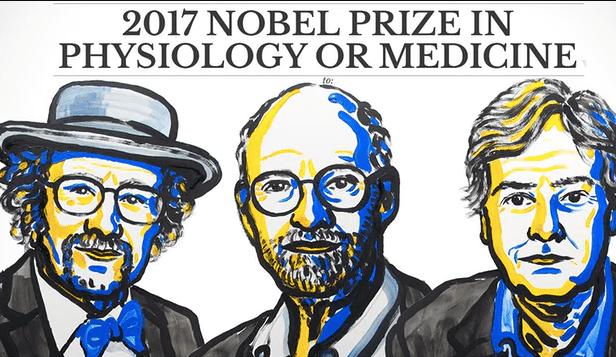In a new press release, Cerveau Technologies has signed an agreement partnering with The University of Pittsburgh and their School of Medicine. With their encouragement in research projects and clinical applications, Cerveau is always focused on providing advanced treatment options for the devastating Alzheimer’s disease. In developing commercial strategies and collaborations for product that enhance …
Continue reading “Cerveau Technologies Partners With University of Pittsburgh”

